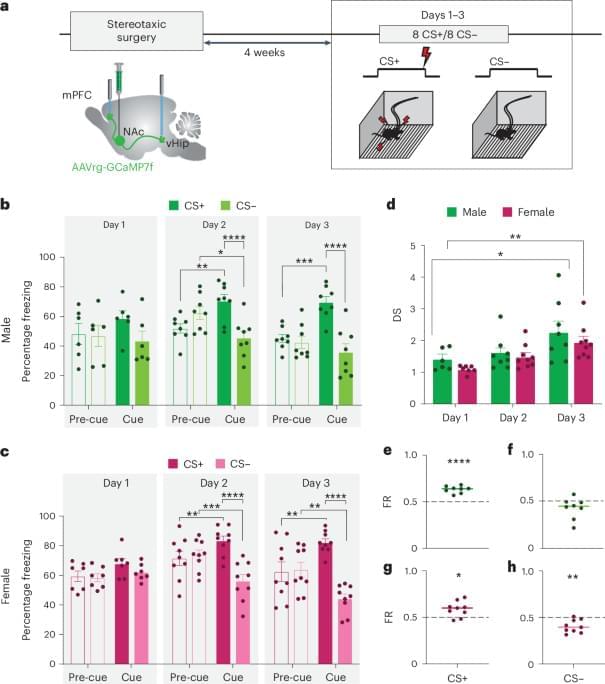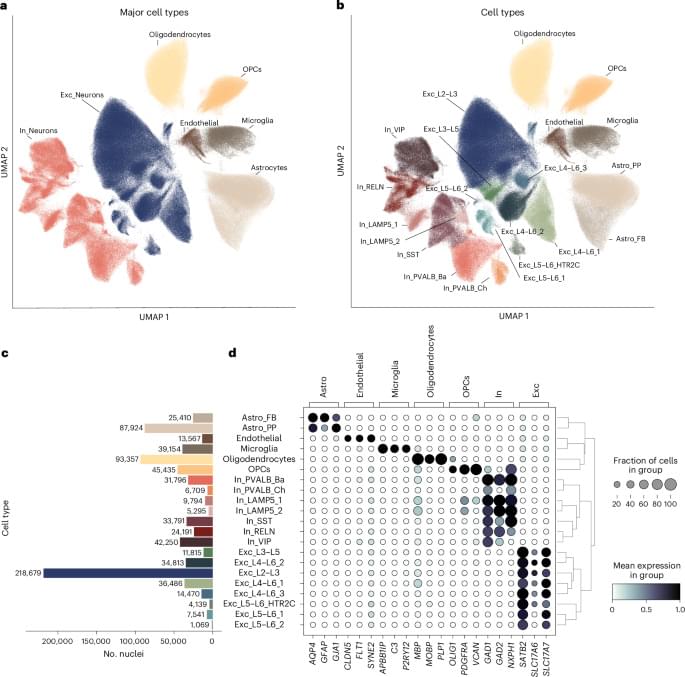Scientists are using ever more sophisticated AI algorithms trained on vast, unlabeled datasets to develop models that can ‘interpret’ biological data to help guide biomolecule design.


Share your videos with friends, family, and the world.
A summary of an argumentative paper by Litt, Eliasmith, Kroon, Weinstein and Thagard.
Randal Koene discusses Whole Brain Emulation on the H+ Magazine podcast. He touches on the subjects of connectomics, neural mapping, optogenetics, and neural prosthesis.




To expand its GPT capabilities, OpenAI released its long-anticipated o1 model, in addition to a smaller, cheaper o1-mini version. Previously known as Strawberry, the company says these releases can “reason through complex tasks and solve harder problems than previous models in science, coding, and math.”
Although it’s still a preview, OpenAI states this is the first of this series in ChatGPT and on its API, with more to come.
The company says these models have been training to “spend more time thinking through problems before they respond, much like a person would. Through training, they learn to refine their thinking process, try different strategies, and recognize their mistakes.”

I find it weird that black holes would be moving throughout the galaxy because most are stationary.
A fluffy cluster of stars spilling across the sky may have a secret hidden in its heart: a swarm of over 100 stellar-mass black holes.
The star cluster in question is called Palomar 5. It’s a stellar stream that stretches out across 30,000 light-years, and is located around 80,000 light-years away.
Such globular clusters are often considered ‘fossils’ of the early Universe. They’re very dense and spherical, typically containing roughly 100,000 to 1 million very old stars; some, like NGC 6397, are nearly as old as the Universe itself.
Enjoy the videos and music you love, upload original content, and share it all with friends, family, and the world on YouTube.